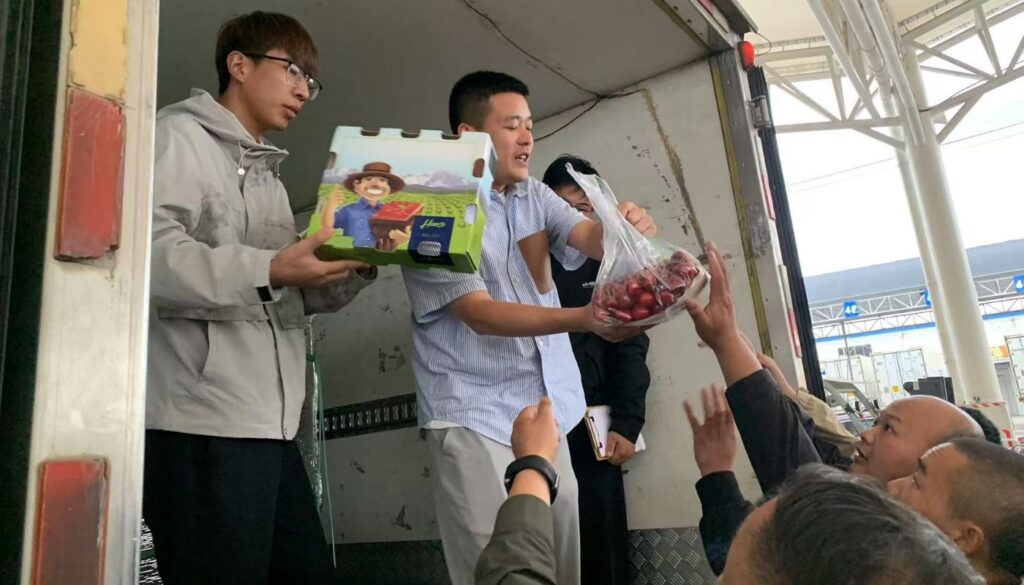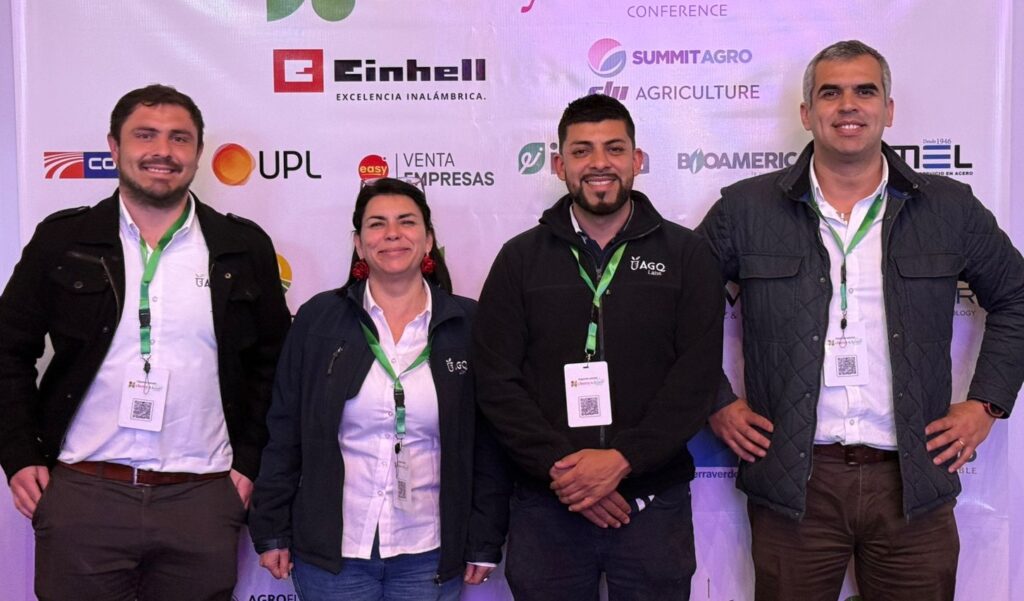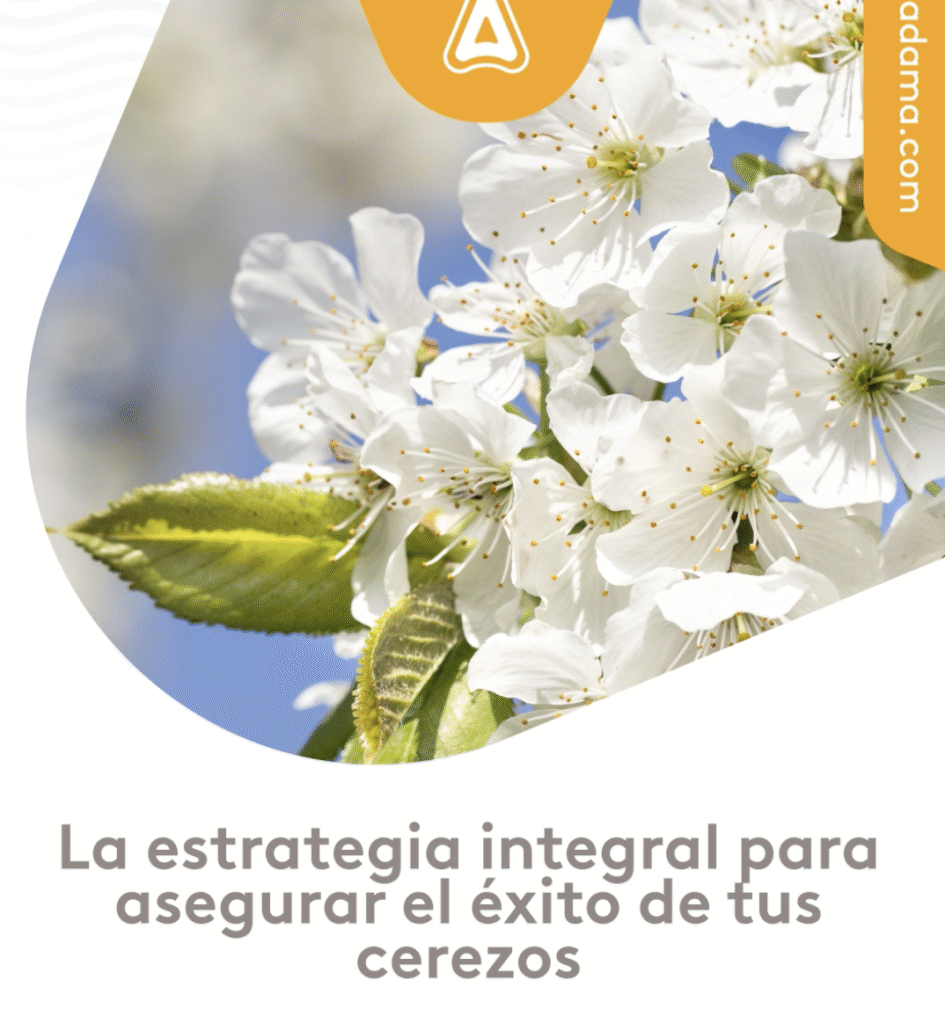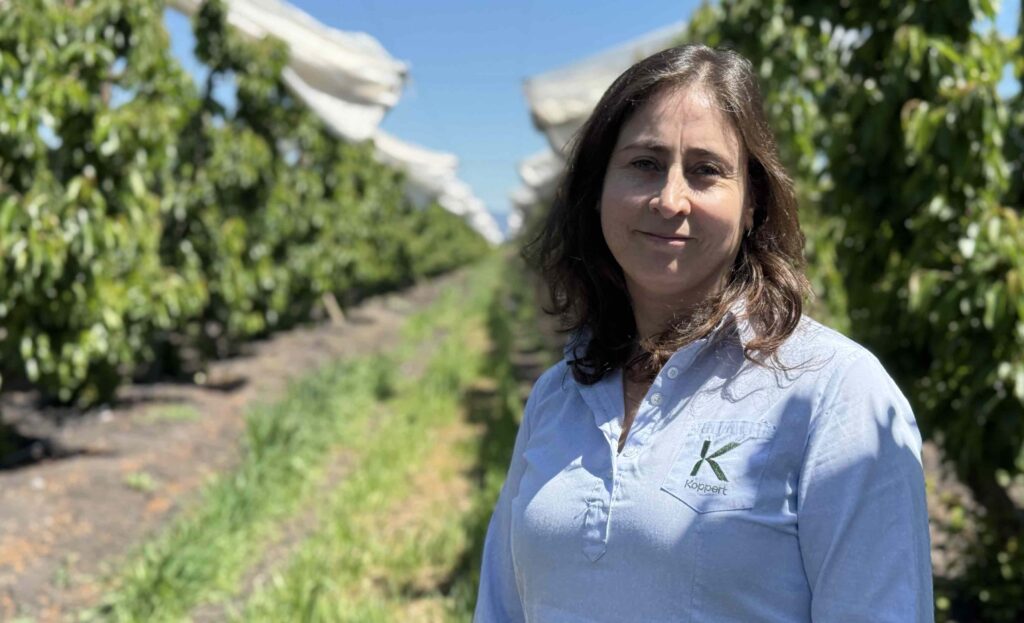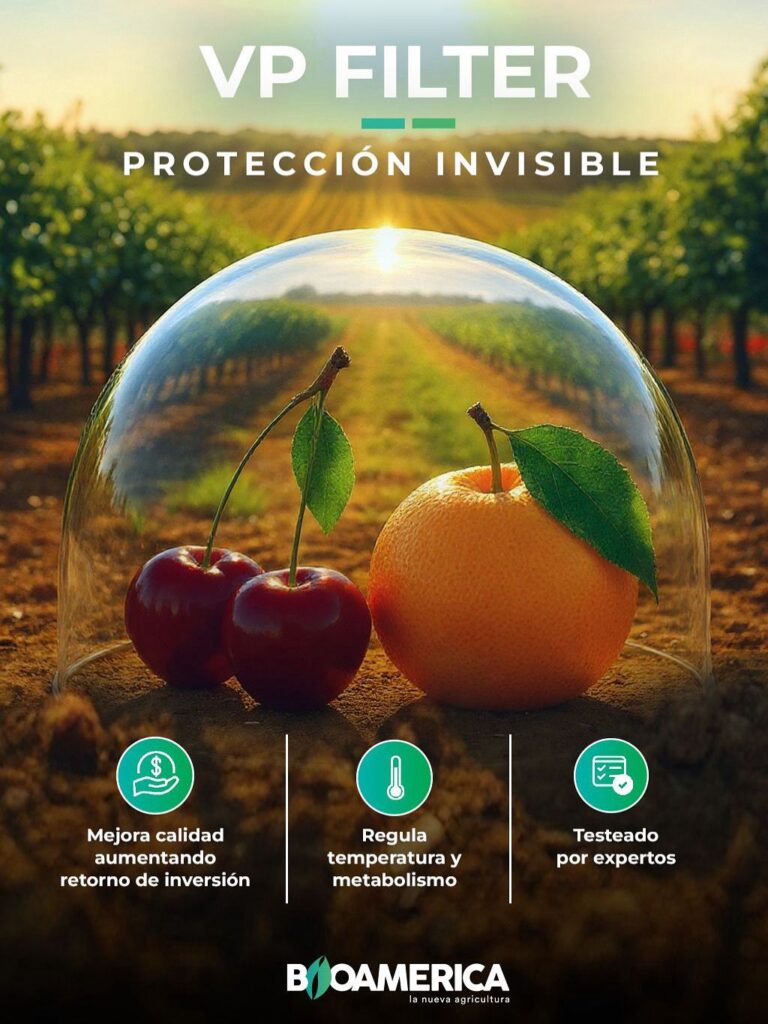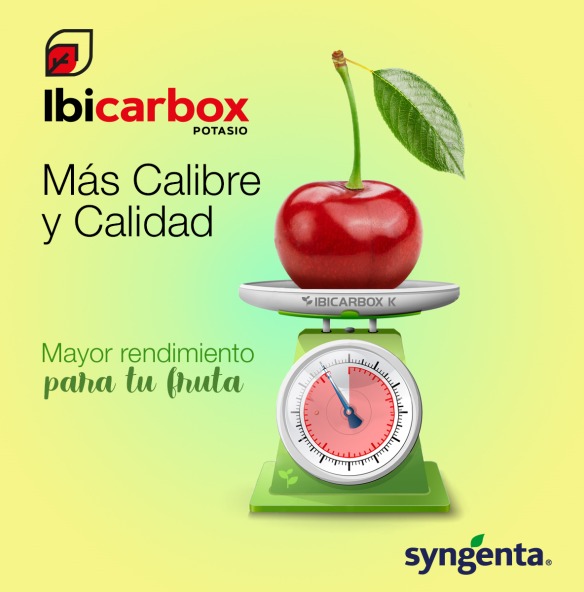By: Carlos Tapia, Agricultural Engineer, M.Sc., Technical Director of Avium. Bruno Tapia, Agricultural Engineer, Technical Coordinator of Avium.
It is the latest crop load regulation strategy of the season and should end no later than 30 days after full bloom, considering that the later the work is carried out, the less effect there is on the final characteristics of the fruit and vegetative structures of the plant.
There are different strategies to improve the size and quality of cherries; one of the recommended ones is to regulate the load by early thinning of the fruit, a technique widely used in deciduous trees. However, it is worth asking: does it really improve the productive potential of the orchards or are we just trying to find a vegetative-productive balance, improve the uniformity of the harvest and reduce its problems?
Let's go step by step, and as we move forward, we will clarify this question.
Regulatory strategies:
Currently, for the productive management of cherry orchards there are 4 strategies to regulate the fruit load:
-Pruning
-Bud thinning
-Flower thinning
-Fruit thinning
All of these strategies determine the productive potential, that is, the earlier the fruit load is regulated, the better quality and condition of the fruit is achieved at harvest.

When to do it?
It is recommended to thin the fruit before the start of stone hardening, which allows defining the fruit setting; this should occur approximately 20 to 25 days after full blossom (DDPF). For this tool to be effective, it should end at the latest 30 days after full blossom, which is where the fruit cell division process physiologically ends.
Although it is a somewhat subjective task, since there is no calculation that can be used to estimate the elimination or decision to eliminate a percentage of fruit from the plant, it is clear that there is a limited time to do so. Although up to 30 days of DDPF can be carried out, the first 15 days after full flower do not have such a clear expression of fruit set, therefore, 15 or 20 days of DDPF can only be used to evaluate this, leaving technically only 10 days to carry out early thinning, which produces a time pressure that does not allow for much flexibility.
This is made more complex by the high demand for labor required for this task. It is estimated that both flower thinning and fruit thinning, depending on the type of orchard, would require between 70-80 man-days (JH) per hectare for these tasks, versus 40 or 50 JH per hectare for bud thinning.

Better late than never?
We are aware of the short time gap between the evaluation of fruit set and the decision to eliminate or directly carry out fruit thinning. Although multiple studies carried out in Chile indicate that earlier thinning in the case of buds and flowers is more effective for improving size, fruit thinning before 30 DDPF always has a positive effect compared to the control without load regulation.
However, when faced with problems that may arise in meeting the recommended deadlines for load regulation management, it is always advisable to intervene in the plant in the same way by removing excess fruit, even if it is a decision that may be made late in the season.
It should be noted that the caliber and final condition of the fruit is given
mainly due to the search for an optimal leaf/fruit ratio, recognised in the international scientific world as 3-4 leaves per fruit (200 cm2/fruit). If the decision to remove fruit from the plant is always late, there is an advantage to doing so, since the only way to improve this leaf/fruit ratio is by removing the excess fruit.
Perhaps the above will not have a great impact on the final size of the fruit, but it will be positive in the distribution of sugars and nutrients, improving some nutritional indicators and °Brix and internal dry matter content.
Evidence:
A work carried out by María Dolores Raffo and Tadeo Ballivian, published by the Fruticultura & Diversificación Magazine Nº 48. EEA Alto Valle in Argentina, based on a research carried out in 2005 on the results of an early thinning test of fruit in the Lapins and Sweetheart varieties, revealed that when evaluating the distribution of sizes within each treatment and variety, it was observed that thinning managed to increase the percentage of fruit in the Jumbo (26.1 to 28 mm) and Premium (greater than 28.1 mm) categories. In the thinned trees, 74% of the fruit was obtained within the Jumbo and Premium categories, while in the control only 36% of the fruit fell into these categories. The Lapins variety was the one that had better results than Sweetheart, which may be because it has a smaller size than Lapins.
The research concluded that the 94% of the thinned fruit of the Lapins variety presented exportable sizes (greater than 24 mm), while in the control the proportion of exportable fruit was 76%. As for the Sweetheart variety, the proportions were 91% for the thinning treatment and 84% for the control.
In our experience, in research conducted in Chile, we have seen that thinning fruit after effective fruit set has been expressed, before 30 DDPF, has positive effects on fruit size and other quality and condition parameters.
The following table shows the yields and fruit size, illustrating that all types of thinning were effective in these orchards with a high fruit production. It can be seen that bud thinning was the most effective, but that the more delayed fruit thinning was also effective in recovering the size of these overloaded trees (Table 3).

Although earlier thinning is highly effective, the thinning of fruit is clearly different from the control without thinning. This is true when carrying out the work up to 30 DDPF. In the table above it was 21 DDPF.
When analysing hard data on the quality of the fruit in the different treatments, it can be shown that the most affected indicator is the soluble solids (ºB), but not the durofel as is usually logically thought due to its greater loading potential (Table 4).

This result has been consistent in several other experiences, including other thinning studies. As in the previous research, this one shows that – along with size – the quality characteristic most affected by the load is the soluble solids (ºBrix), which give the sweetness (and acidity) to the fruit, but not the firmness. In this regard, it is worth remembering that acidity is important in the longevity of storage of cherries, so an overload is very detrimental for our cherries, whose business is based on their being able to run a marathon to distant markets.
Although the evidence is clear regarding the benefits of early fruit thinning as a tool to regulate the load and improve the productive potential of an orchard, there are several aspects that must be taken into account. The natural uncertainty of fruit set and the constant risk of unfavorable weather conditions, such as late frosts, make it always advisable to adopt a progressive thinning system, considering strategies to regulate fruit load. Start with pruning, supported by bud counts and analysis, and then move on to the stages of thinning of floral buds, flowers and finally fruit thinning.
We must not forget the shortage of labour that has occurred in recent seasons and that should re-exist in the 2021-22 campaign. Therefore, it is essential in this strategy to have greater support from mechanical and chemical methods that allow reducing the high demand for labour in a short period of time. It must be considered, however, that chemical thinning in cherry trees is a technique still in development, which easily generates situations of ineffectiveness of the technique used for over-thinning.
Literature:
Von Bennewitz E., et al., 2011. “Effects on fruit production and quality of different dormant pruning intensities in 'Bing'/'Gisela.6' sweet cherries (Prunus avium) in Central Chile. Hundred. Inv. Agr. 38(3):339-344. 2011”.
Kulzcewski and Tapia, 2020. “Load regulation in cherry trees: Current perspective based on past research”. https://smartcherry.cl/raleo-yemas/load-regulation-in-cherry-trees-current-perspective-based-on-past-research
Raffo and Ballivian, 2005. “Load regulation in cherry trees: A practice that allows regulating export volumes. Fruticultura & Diversificación Magazine No. 48. EEA Alto Valle in Argentina”.
Whitting M., 2019. “Managing sweet cherry crop load. WSU, USA.”



